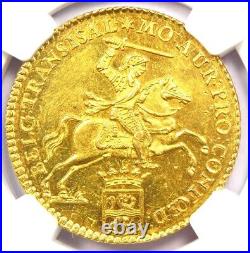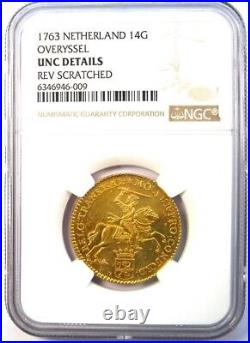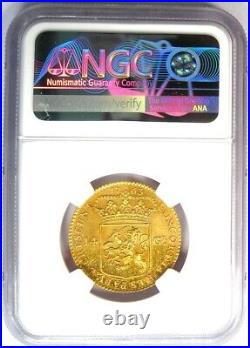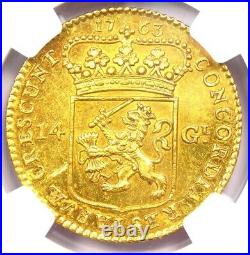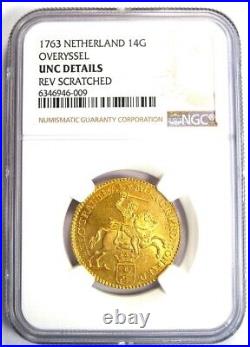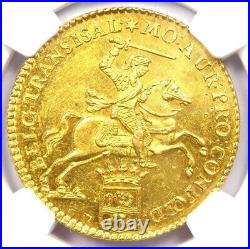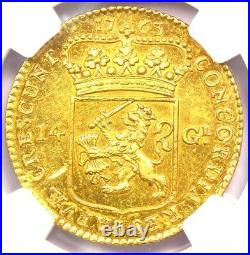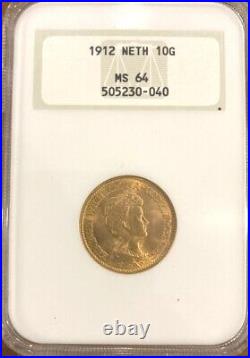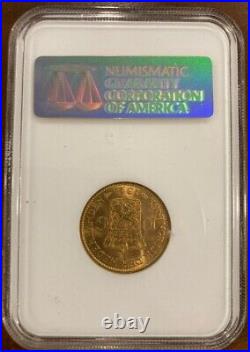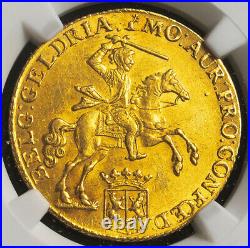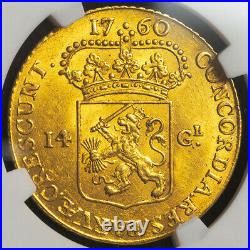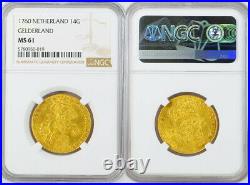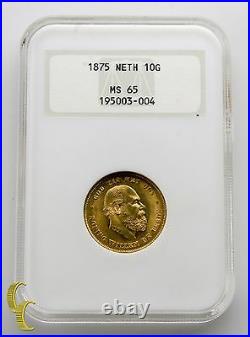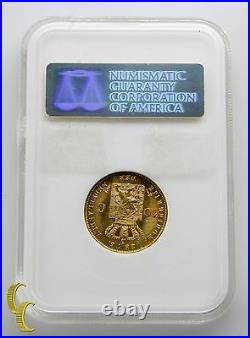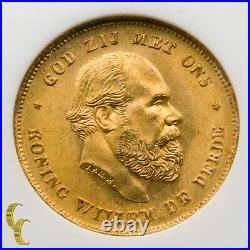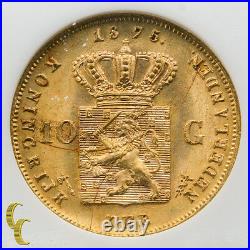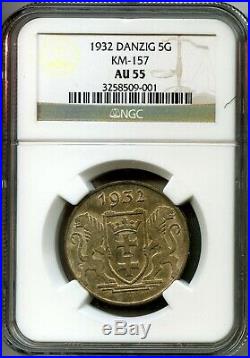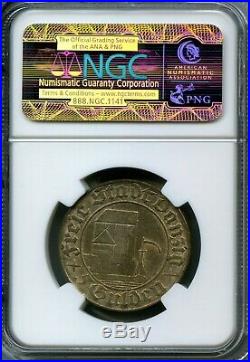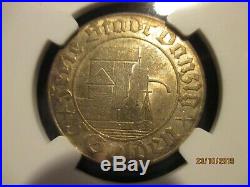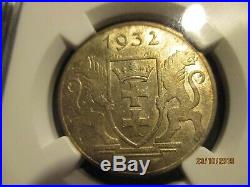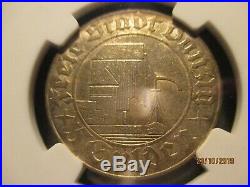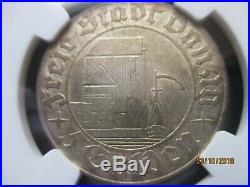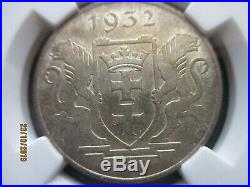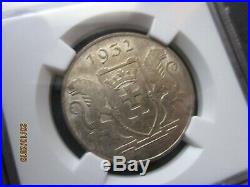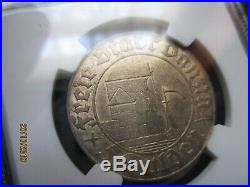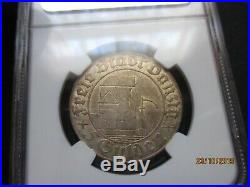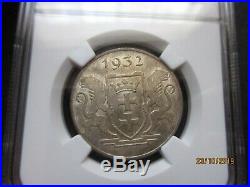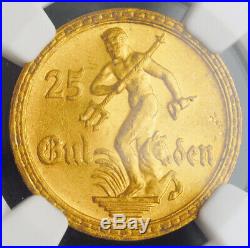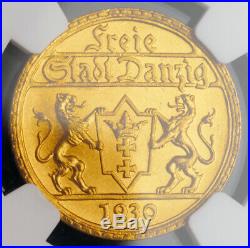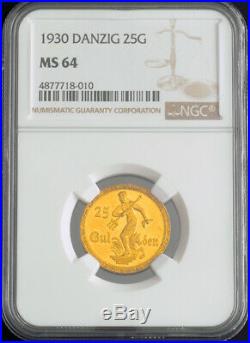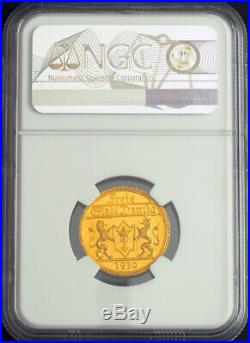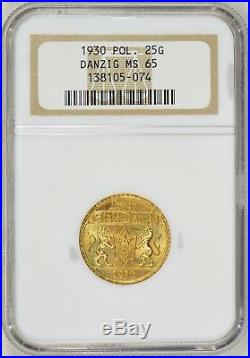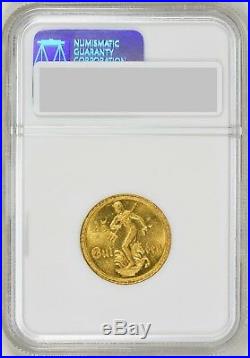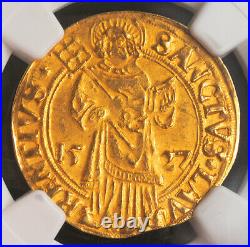
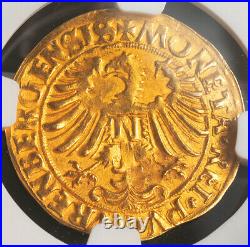
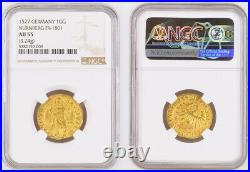

1527, Nurnberg (Free City). Mind Year: 1527 Mint Place: Nurnberg Denomination: Goldgulden Reference: Friedberg 1801, MB#19. Certified and graded by NGC as AU-55! 986 Diameter: 21mm Weight: 3.24gm. Obverse: Nimbate standign and togate figure of Saint Lawrence, holding griddle in right hand and book of gospels in left hand. Date (15-27) split in fields. Legend: SANCTVS LAV – RENTIVS Reverse: Heraldic eagle with large letter (N for Nurnberg) at chest. All within inner circle. Legend: + MONETA REI PV NVRENBERGENSIS. “Laurelled”; 31 December AD 225 10 August 258 was one of the seven deacons of the city of Rome, Italy, under Pope St Sixtus II who were martyred in the persecution of the Christians that the Roman Emperor Valerian ordered in 258. St Lawrence is thought to have been born on 31 December AD 225 in Valencia, or less probably, in Huesca, the town from which his parents came in the later region of Aragon that was then part of the Roman province of Hispania Tarraconensis. The martyrs St Orentius (Modern Spanish: San Orencio) and St Patientia (Modern Spanish: Santa Paciencia) are traditionally held to have been his parents. He encountered the future Pope St Sixtus II, who was of Greek origin and one of the most famous and highly esteemed teachers, in Caesaraugusta (today Zaragoza). Eventually, both left Spain for Rome. When Sixtus became the Pope in 257, he ordained St Lawrence as a deacon, and though Lawrence was still young appointed him first among the seven deacons who served in the patriarchal church. He is therefore called “archdeaconof Rome”, a position of great trust that included the care of the treasury and riches of the Church and the distribution of alms to the indigent. St Cyprian, Bishop of Carthage, notes that Roman authorities had established a norm according to which all Christians who had been denounced must be executed and their goods confiscated by the Imperial treasury. At the beginning of August 258, the Emperor Valerian issued an edict that all bishops, priests, and deacons should immediately be put to death. Pope St Sixtus II was captured on 6 August 258, at the cemetery of St Callixtuswhile celebrating the liturgy and executed forthwith. After the death of Sixtus, the prefect of Rome demanded that St Lawrence turn over the riches of the Church. St Ambrose is the earliest source for the narrative that St Lawrence asked for three days to gather the wealth. He worked swiftly to distribute as much Church property to the indigent as possible, so as to prevent its being seized by the prefect. On the third day, at the head of a small delegation, he presented himself to the prefect, and when ordered to deliver the treasures of the Church he presented the indigent, the crippled, the blind, and the suffering, and declared that these were the true treasures of the Church. One account records him declaring to the prefect, The Church is truly rich, far richer than your emperor. This act of defiance led directly to his martyrdom and can be compared to the parallel Roman tale of the jewels of Cornelia. On 10 August, St Lawrence, the last of the seven deacons, and therefore, the ranking Church official, suffered a martyr’s death. By tradition, St Lawrence was sentenced at San Lorenzo in Miranda, imprisoned in and baptized fellow prisoners at San Lorenzo in Fonte, martyred at San Lorenzo in Panisperna, and was buried in San Lorenzo fuori le Mura. The Almanac of Filocalus for AD 354 states that he was buried in the Catacomb of Cyriaca on the Via Tiburtina by Hippolytus and Justin the Confessor, a presbyter. One of the early sources for his martyrdom was the description of Aurelius Prudentius Clemens in his Peristephanon, Hymn 2. A famous legend has persisted from ancient times. As deacon in Rome, St Lawrence was responsible for the material goods of the Church and the distribution of alms to the poor. St Ambrose of Milan relates that when the treasures of the Church were demanded of St Lawrence by the Prefect of Rome, he brought forward the poor, to whom he had distributed the treasure as alms. Behold in these poor persons the treasures which I promised to show you; to which I will add pearls and precious stones, those widows and consecrated virgins, which are the Church’s crown. The Prefect was so angry that he had a great gridiron prepared with hot coals beneath it, and had Lawrence placed on it, hence St Lawrence’s association with the gridiron. After the martyr had suffered pain for a long time, the legend concludes, he cheerfully declared: I’m well done. From this derives his patronage of cooks, chefs, and comedians. Some historians, such as Rev. Healy, opine that the tradition of how St Lawrence was martyred is “not worthy of credence”, as the slow lingering death cannot be reconciled with the express command contained in the edict regarding bishops, priests, and deacons (animadvertantur) which ordinarily meant decapitation. ” A theory of how the tradition arose is proposed by Pio Franchi de’ Cavalieri, who postulates that it was the result of a mistaken transcription, the accidental omission of the letter “p” “by which the customary and solemn formula for announcing the death of a martyr passus est [“he suffered, ” that is, was martyred] was made to read assus est[he was roasted]. The Liber Pontificalis, which is held to draw from sources independent of the existing traditions and Acta regarding Lawrence, uses passus est concerning him, the same term it uses for Pope Sixtus II, who was martyred by decapitation during the same persecution. However, this modern scholarship is disputed by another scholar, Janice Bennett, whose study of other primary sources indicates that the traditional narratives are substantially correct. Emperor Constantine I is traditionally held to have erected a small oratory in honour of St Lawrence, which was a station on the itineraries of the graves of the Roman martyrs by the seventh century. Pope Damasus I rebuilt or repaired the church, now the Basilica di San Lorenzo fuori le Mura, while the Minor Basilica of San Lorenzo in Panisperna was erected over the site of his martyrdom. The gridiron of the martyrdom was placed by Pope Paschal IIin the Minor Basilica of San Lorenzo in Lucina. Nuremberg is a city situated on the Pegnitz river and the Rhine-Main-Danube Canal. It is located about 170 kilometres north of Munich. The cultural flowering of Nuremberg in the 15th and 16th centuries made it the center of the German Renaissance. In 1525, Nuremberg accepted the Protestant Reformation, and in 1532, the religious Peace of Nuremberg, by which the Lutherans gained important concessions, was signed there. In 1632 during the Thirty Years’ War, the city, occupied by the forces of Gustavus Adolphus of Sweden, was besieged by the army of Imperial general Albrecht von Wallenstein. The item “1527, Nurnberg (Free City). Gold St. Lawrence Gulden Coin. (3.24gm!) NGC AU55″ is in sale since Saturday, September 4, 2021. This item is in the category “Coins & Paper Money\Coins\ World\Europe\Germany\German States (up to 1871)”. The seller is “coinworldtv” and is located in Wien. This item can be shipped worldwide.
- Composition: Gold
- Country/Region of Manufacture: Germany
- Certification: NGC
- Denomination: Goldgulden
- KM Number: See detailed description for full data!
- Grade: AU 55
- Year: 1527

